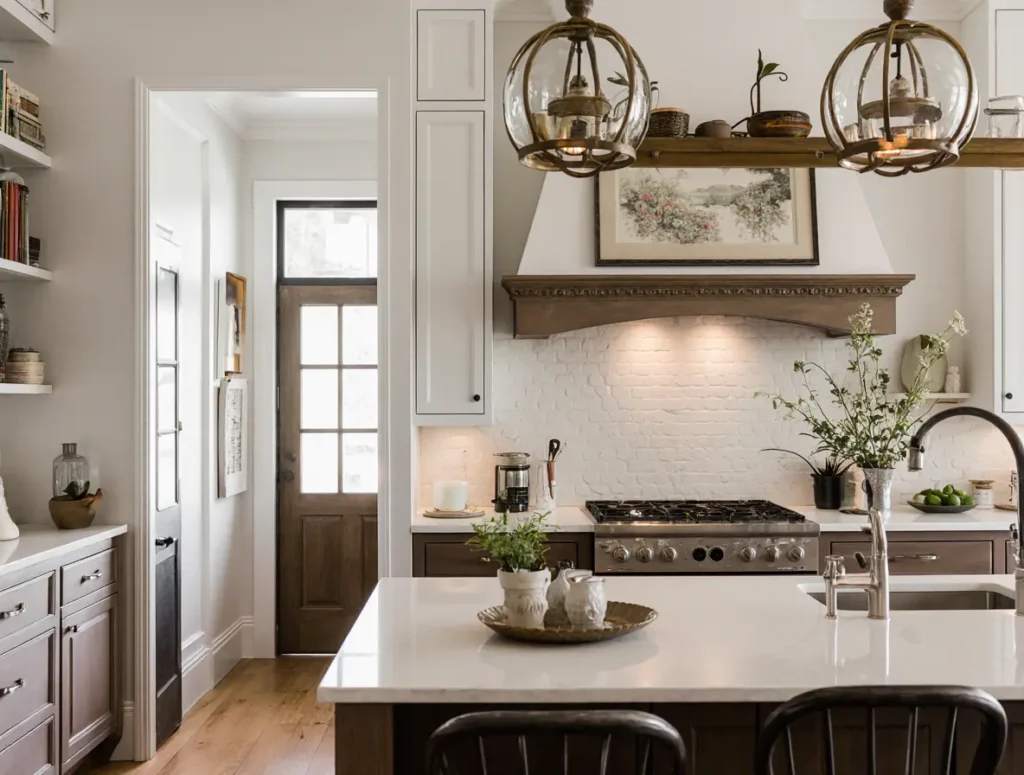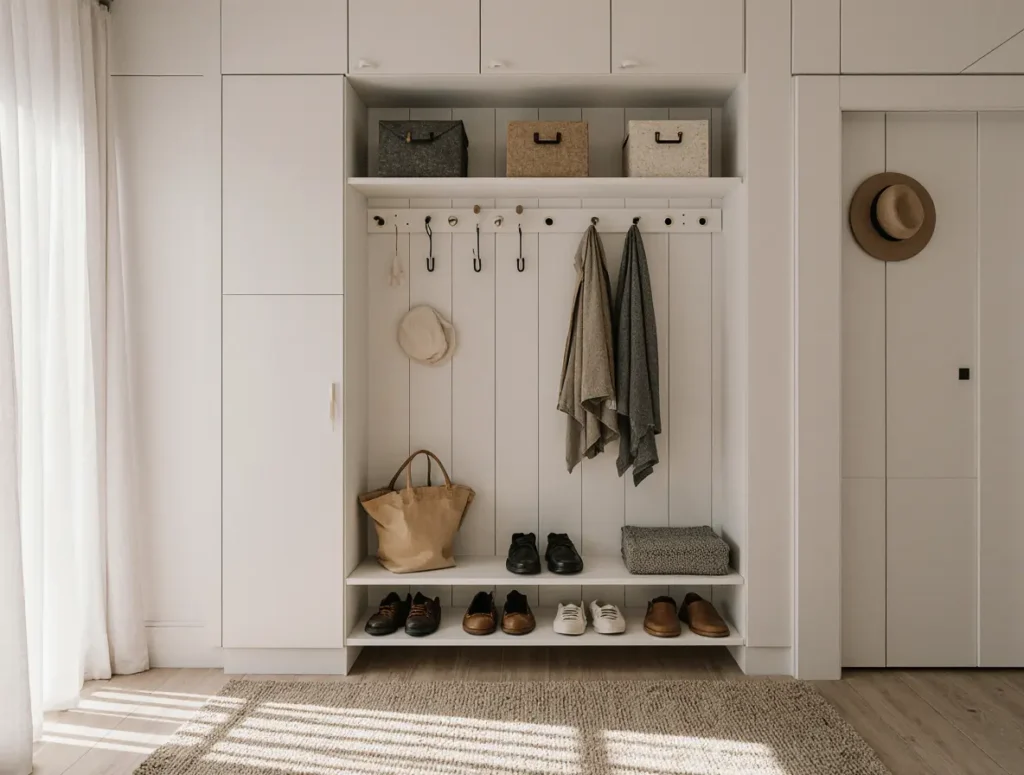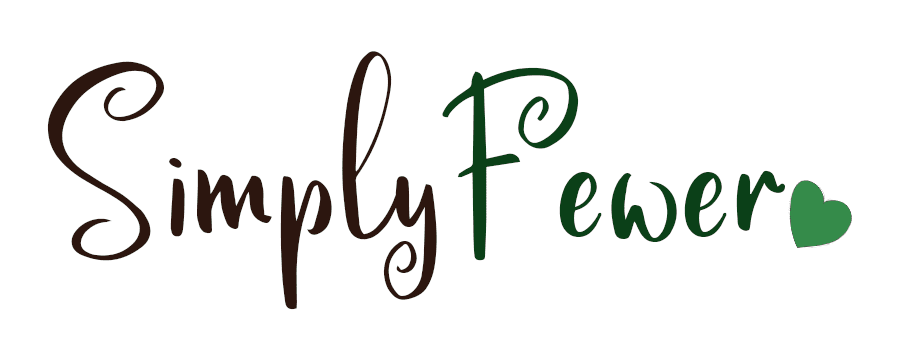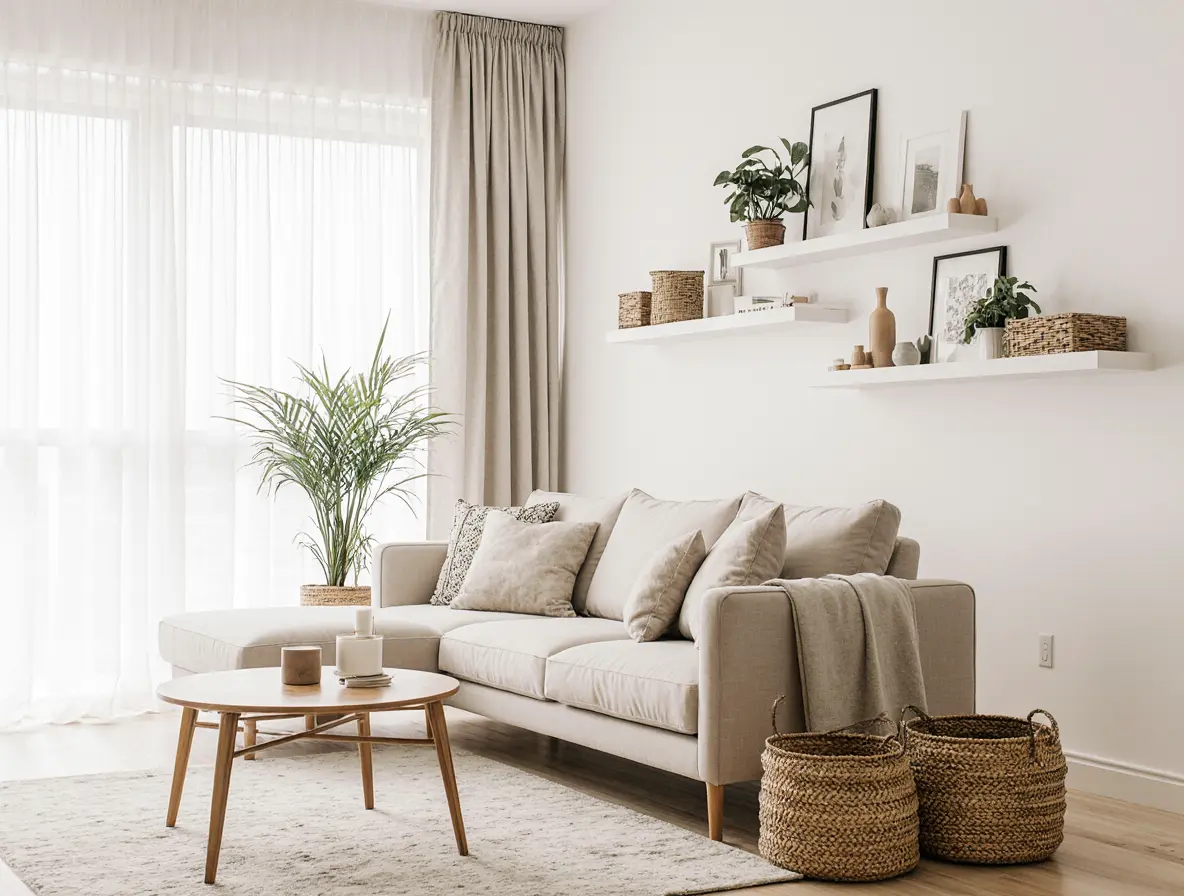We all crave a home that feels calm, organized, and welcoming—a place where we can actually relax instead of constantly battling clutter. But let’s be honest: decluttering can feel as overwhelming as the mess itself. Where do you start? Which areas matter most? And how can you make sure clutter doesn’t sneak back in?
In this guide, we’ll explore practical, effective decluttering projects designed to transform your home and your mindset. Think of it as tuning your life’s “radio” to a clearer channel—suddenly, the noise fades and what truly matters becomes crystal clear.
Ready to get started? Let’s dive into projects that go beyond just “getting rid of stuff.” We’ll uncover how decluttering can actually simplify your entire life.
Table of Contents
Start Small: The Power of Micro Decluttering Projects
Big change doesn’t always come from big actions—it often starts small. Instead of emptying your whole closet at once, why not tackle one drawer? A micro decluttering project could mean:
- Clearing out expired spices from your kitchen.
- Sorting the “junk drawer” we all pretend doesn’t exist.
- Going through your car’s glove compartment.
These quick wins build momentum. It’s like tossing pebbles into a pond: the ripples eventually spread to every corner of your home. By focusing on one tiny area, you prove to yourself that decluttering is possible—and it feels amazing.
Remember the story of Lucy, a busy mom who started by decluttering her bedside table? Within a month, that single act inspired her to revamp her entire bedroom. Small steps truly lead to big results.
Decluttering Your Closet: Make Space for What You Love
Closets often hold more than clothes—they hide guilt, “someday” hopes, and forgotten memories. Ask yourself: Do I really wear this? Does it bring me joy?
Try these decluttering projects for your wardrobe:
- Seasonal sweep: Store out-of-season items in labeled bins.
- One-in, one-out rule: Buy something new? Donate or sell one item.
- Hanger trick: Turn hangers backward; after wearing, flip them. After six months, donate anything still facing the wrong way.
Imagine your closet as a curated boutique filled only with favorites. Think of it like editing a playlist—you don’t keep every song, just the ones you love on repeat.
Experts like minimalist author Courtney Carver suggest starting with a capsule wardrobe: fewer pieces, but more versatility and style. Not only does this save time each morning, but it also reduces decision fatigue, giving you mental space for what matters.
Decluttering the Kitchen: Clear Counters, Clear Mind
A cluttered kitchen can turn cooking from joy to chore. But a few focused projects can breathe fresh life into your space:

- Declutter your countertops: Keep only essentials (think: coffee maker, knife block).
- Purge expired pantry items: You might be surprised what’s hiding in the back.
- Tackle the Tupperware drawer: Match lids to containers, recycle the rest.
A chef once said, “A messy kitchen is like trying to paint with dirty brushes.” A decluttered kitchen lets creativity (and delicious meals) flow freely.
Real-life example: Mark, a food blogger, cut meal prep time by half just by organizing his spice rack and utensils drawer. Sometimes it’s not about more space—it’s about better space.
Sentimental Items: Keep the Memory, Not the Mess
Photos, souvenirs, and childhood keepsakes can weigh us down emotionally. So how do we let go without guilt?
- Digitize memories: Scan old photos and letters.
- Keep the best, release the rest: One box of keepsakes is more meaningful than ten.
- Create a memory corner: Instead of scattering items, choose a single shelf or shadow box.
Think of decluttering sentimental items as honoring the memory, rather than hoarding the object. Like pruning a rose bush, you let go of what’s no longer needed so beauty can shine.
Professional organizer Marie Kondo suggests holding each item and asking, Does this spark joy? If yes, keep it intentionally. If not, thank it and let it go.
Decluttering Digital Life: Invisible Clutter Counts Too
We often focus on physical clutter but forget digital chaos—overflowing inboxes, disorganized photos, and too many apps.
Start with these digital decluttering projects:
- Inbox zero: Unsubscribe from newsletters you never read.
- Photo purge: Delete duplicates and blurry shots.
- App audit: Remove apps you haven’t used in months.
Think of your devices as digital homes—they deserve tidiness too. Decluttering your digital space can lower stress and boost productivity. As psychologist Dr. Emma Reed notes, “Digital clutter can feel like carrying mental baggage you never unpack.”
Decluttering the Entryway: Your Home’s First Impression
Your entryway sets the tone. If it’s chaotic, every arrival feels stressful. But with simple projects, you can transform it into a welcoming space:

- Designate a drop zone: Baskets for shoes, hooks for keys and bags.
- Seasonal reset: Rotate out heavy coats in summer, store umbrellas neatly.
- Keep it minimal: A small table, mirror, and one decorative item is often enough.
Imagine your entryway like the opening scene of a movie—it should hint at the peace inside. Guests (and you) will feel calmer the moment they step in.
Paper Clutter: The Silent Stressor
Bills, flyers, manuals—paper piles up before we know it. Decluttering paper isn’t glamorous, but it’s life-changing.
- Go paperless: Switch to digital statements where possible.
- Create an action folder: Sort mail daily into “To Do” and “To File.”
- Recycle ruthlessly: Shred anything you don’t need.
A study by the National Association of Productivity found that people waste an average of 4.3 hours a week searching for paper documents. Imagine what you could do with that time instead!
Maintenance: Keeping Clutter from Creeping Back
Decluttering isn’t a one-time event—it’s a lifestyle. Try these habits:
- Ten-minute tidy: Set a timer each evening.
- Monthly mini-purge: Choose one drawer or shelf.
- Mindful buying: Ask, Do I need this, or do I just want it?
Think of clutter like weeds: regular upkeep keeps it from taking over. As minimalism blogger Sarah Lee says, “Decluttering isn’t about perfection—it’s about intention.”
Conclusion
Decluttering projects do more than make your home look nice—they simplify your life, calm your mind, and create space for what truly matters. From your closet to your inbox, each area you declutter is a step toward a lighter, freer you.
Remember: start small, keep going, and celebrate each win. Over time, you’ll discover that a simpler space can lead to a simpler, happier life.
FAQs
Q1: How do I start decluttering if I feel overwhelmed?
Start small. Choose one drawer or shelf. Success in one area builds confidence to tackle more.
Q2: How often should I declutter?
Monthly mini-purges work well. But daily habits like the “ten-minute tidy” help prevent clutter build-up.
Q3: What should I do with items I no longer need?
Donate, sell, recycle, or give to friends. Knowing items will be used elsewhere makes letting go easier.
Q4: Why does decluttering make me feel better?
Clutter can cause stress and decision fatigue. Removing it frees mental energy and brings clarity.
Q5: Can decluttering really simplify my life?
Absolutely! Less clutter means less cleaning, fewer decisions, and more time for what truly matters.

